The ancient “Seal of Melchizedek” is often represented as an eight-point star composed of two squares offset 45 degrees and overlaid (or interwoven). It is such a significant symbol that President Hinckley had it added to the Salt Lake Temple, and since then it has shown up in many more temples. Differing eight-point stars can also be found throughout the Conference Center. But how, you may wonder, is it a symbol of Christ, and when did this information come to light in modern times? The answers start with the design of the beautiful San Diego Temple.

▶ You may also like: 5 Types of Stars You'll Find on LDS Temples (+ The Fascinating Meaning Behind Them)
The Modern Story
When The Church of Jesus Christ of Latter-day Saints acquired a scenic piece of land chosen for the San Diego Temple in La Jolla, California, it also secured the services of a local, largely non-member architect firm to design and build the temple. The directive from the Church was to model it after the Boise Idaho Temple. However, after inspecting the designated lot, the architects were quite concerned that the Boise Temple design would not fit the land either functionally or aesthetically. They petitioned the Church leaders for freedom to create a design better suited to the area.
Church headquarters relented, and it is believed future Church President Gordon B. Hinckley relayed the reply, stating, in effect, “Not all temples need to look the same.” Of the three head architects, two were Catholic and one was a Latter-day Saint. This was their chance to create a unique structure that would always be remembered! Imagine the pressure the Latter-day Saint team member Bill Lewis may have felt to help design a completely new and inspirational edifice that would please the Lord. He fasted and prayed many times that he and his team could do just that. According to the story, one morning, they felt inspired to work with the square. A floor plan with two boxes joined at the corners developed, like a blocky figure eight.
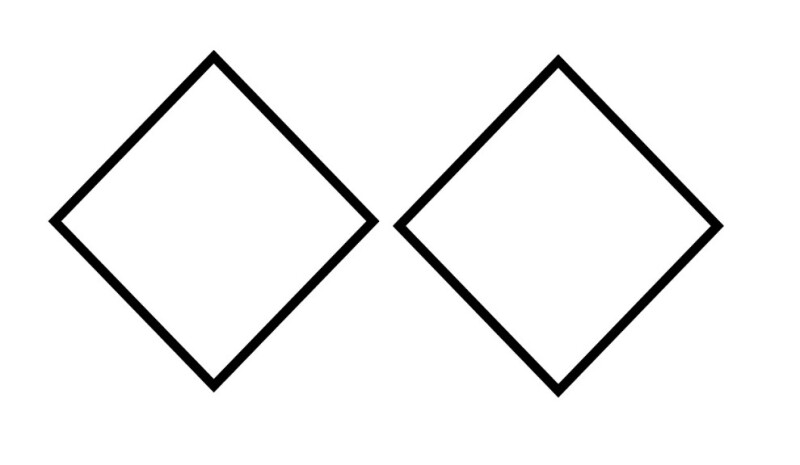
At the junction of the two taller boxes, or offset squares, they added smaller overlaid, offset boxes as an eight-sided atrium, and put glass around it. Although the bronze angel Moroni stood atop the eastern spire, from an overhead perspective the center atrium became the point of tension holding the two primary squares together.

They built a model on a tabletop, tweaked it a little bit, and then took it on the road. Church leaders liked it. So the designers kept using the squares as a motif in the detail work, taking the boxes and offsetting them by 45 degrees, using the offset squares in the glass windows, inscribing them in glass doors, and using them in flower beds. The more they used it, the better it worked. They even put the offset squares in the white wrought-iron fence that surrounds the grounds.
Eventually, it is estimated, the eight-point motif was used in over 10,000 instances on and in the San Diego Temple.
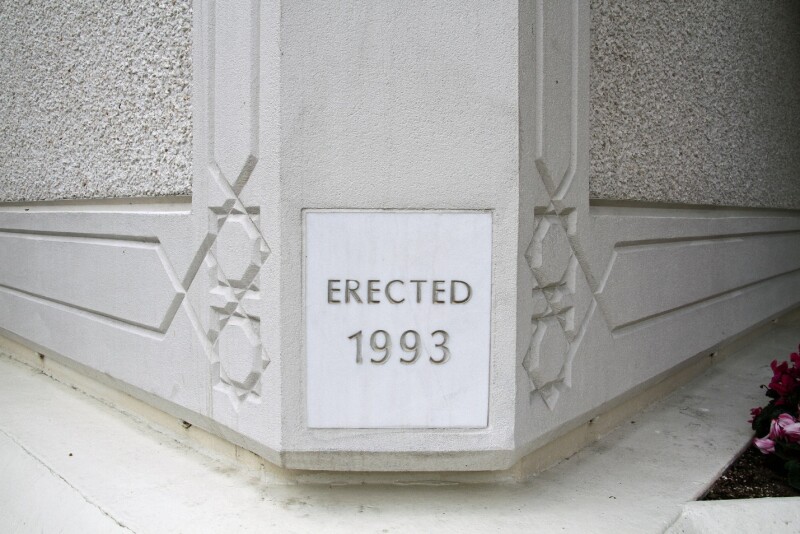
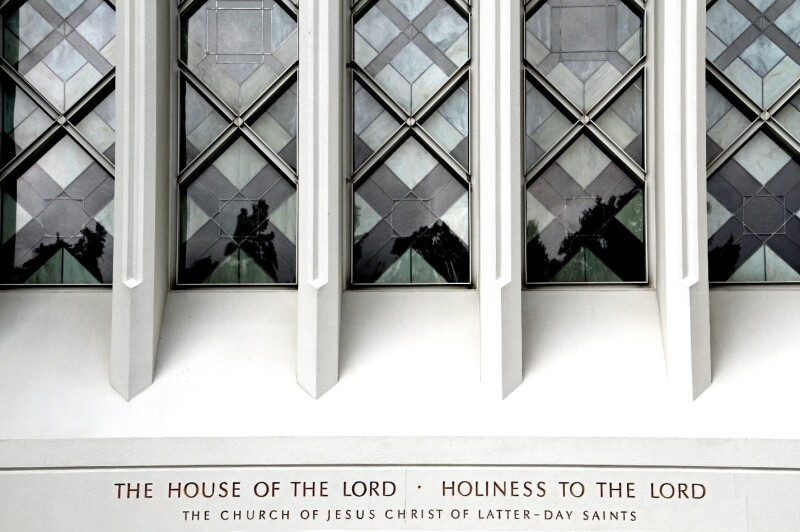

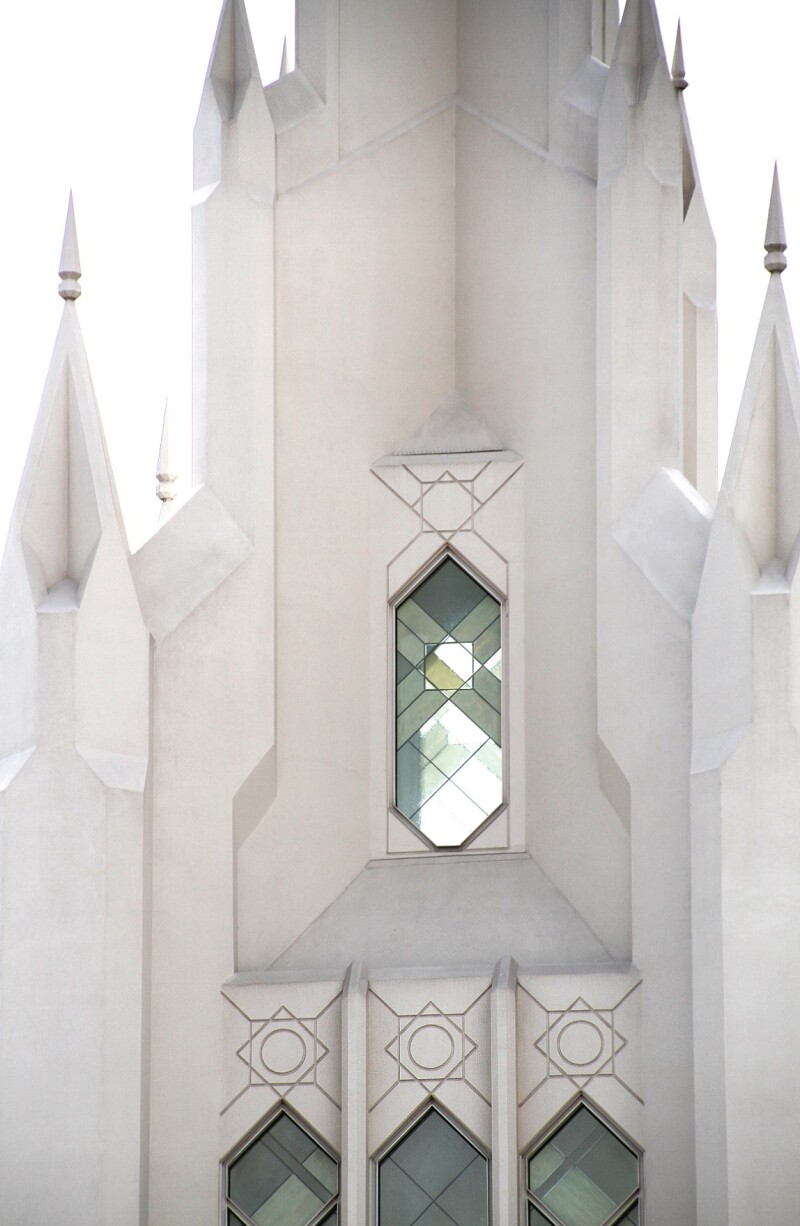


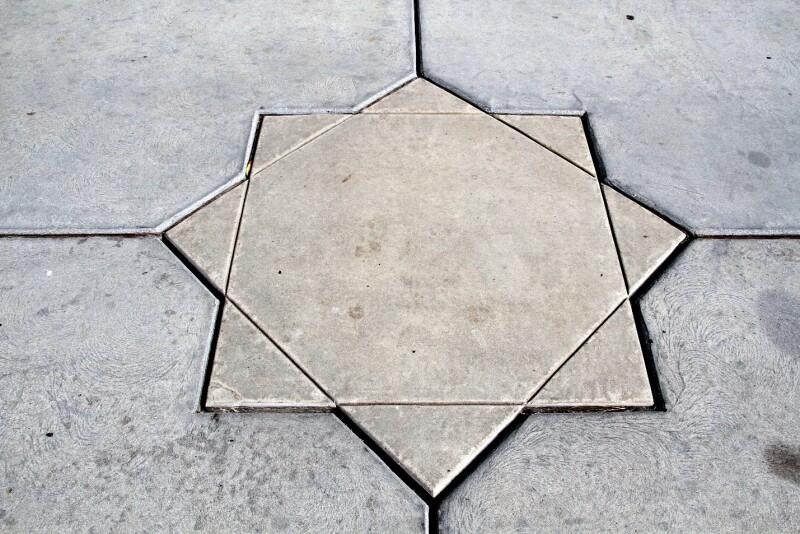


“But what of the offset square motif? Is it symbolic?” the media touring the temple before the dedication asked Elder David B. Haight. “Probably just an architectural detail,” he replied. And that was the answer given to visitors to the temple for years afterward.
As fate would have it, Lewis’s friend Stan Smith, who was a representative during the temple project, had taken numerous pictures of the symbol used at the temple. He decided it just might be something more than just a detail.
He took a trip to Salt Lake City, Utah, where he visited the Church Historian’s office. They then referred him to Hugh Nibley, emeritus professor of Ancient History at Brigham Young University. Nibley was a legendary scholar of ancient history and a prolific author on Latter-day Saint themes.
When Smith showed Nibley the symbol, Nibley replied something to the effect of, “Oh sure, it is the seal of King Melchizedek.”
Smith reported his findings to Lewis, who was compelled to make the trek to Utah and visit with Nibley himself to have it confirmed. Because President Hinckley had taken such an interest in the temple design, Lewis wrote him a letter reporting the discovery. President Hinckley soon requested that the design be added to the Salt Lake Temple as well.
▶ You may also like: Ever wanted to attend the temple with a Hebrew expert? Ponder the symbolism with Donald W. Parry
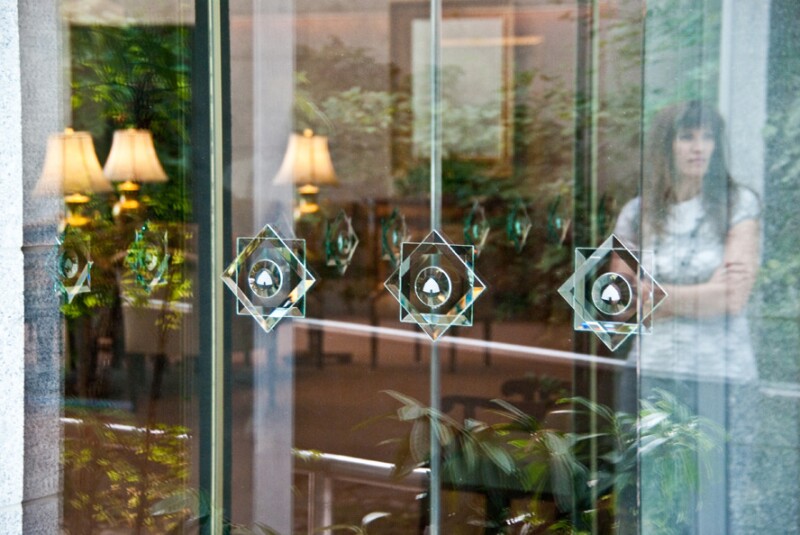
After retiring, Lewis served as a sealer in the San Diego California Temple he designed and gave hundreds of firesides about his experience as a temple architect. It was at one of these firesides that I heard of the way the eight-point star found its way into the design of such a remarkable temple, and I was enthralled.
I was even more intrigued when I heard the name as presented by Hugh Nibley—Melchizedek is not a name lightly given or used! Not long after, 9/11 happened and I began contracting for the Department of the Defense to help out in the Middle East conflict. I began to notice the symbol first in Iraq, then Kuwait and Afghanistan.
Even traveling through Europe and to places in South America, the symbol appeared again and again. I began to suspect the seal was perhaps a universal symbol, found in the higher forms of worship and also through time and across cultures and civilizations. Recalling that San Diego Temple fireside a few years earlier, I decided it was time to study the symbol in earnest. Here are four ways that the symbol points to Jesus Christ.
1. The Ancient Use of the Symbol Points to Christ
“To be fluent in the language of the Spirit, one must be fluent in the language of symbolism” (Joseph Fielding McConkie, Gospel Symbolism, 1985).
First, let’s return to Hugh Nibley. Not only did he identify the symbol in conversation, but he aslo included the symbol in his book Temple and Cosmos:
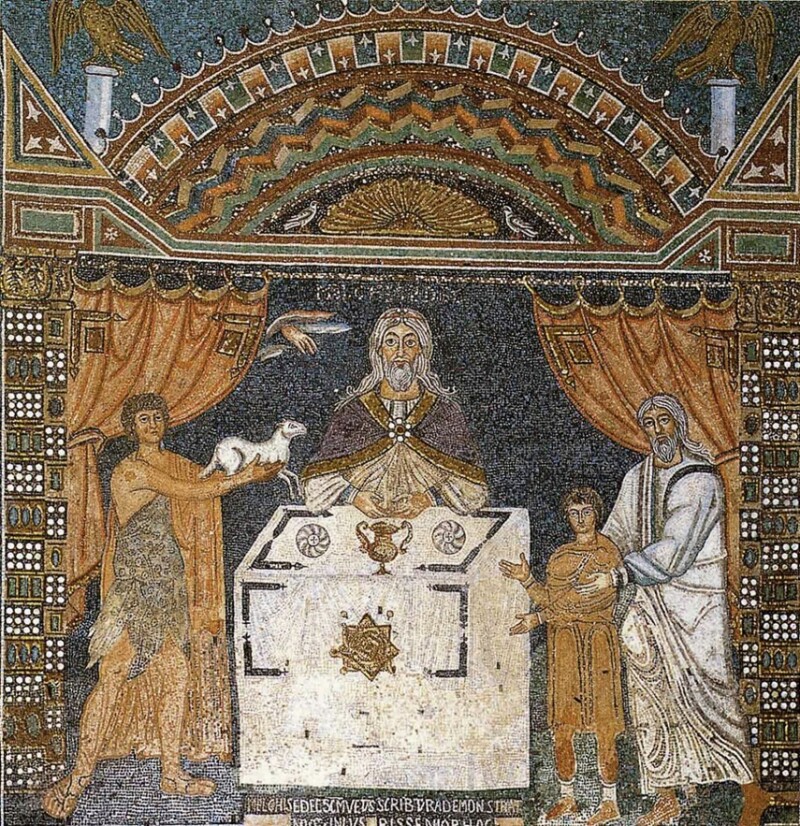
We can notice some very interesting and familiar temple symbolism in this mosaic, created relatively early into the apostasy. We see veils, the hand of God reaching down from behind the veil, and Melchizedek, representing Christ, officiating at the altar. The seal of Melchizedek is in a traditional holy area, defined by the four right-cornered gammadia. The L-shaped gammadia are symbolic of raising the arm to the square, or in other words, symbolic of covenant.
The altar is a symbol of Christ’s Atonement, and the seal is found on the altar cloth. Temples are the place of the altar, so it is no surprise to see the seal associated both with temples and saving ordinances like the sacrament, since they too reflect the Atonement.
The seal can often be found in connection to other similar holy themes and places. In the Latter-day Saint faith, the symbol is found on and in many temples at the place of entrance, symbolic of entering heaven through Christ. In Catholic tradition, the symbol is found often in cathedrals and churches. In windows for example, the light coming through the window is symbolic of light coming from Christ. Note that the familiar symbol of eternity—the circle—is often found connected to the star. (See photo below.)
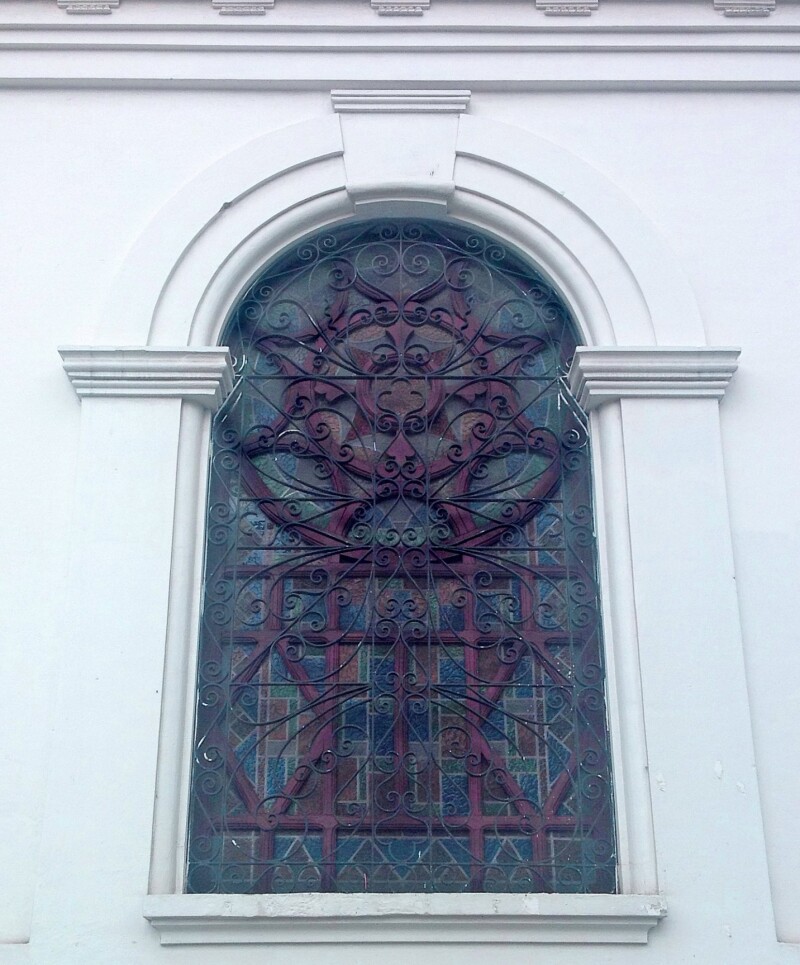
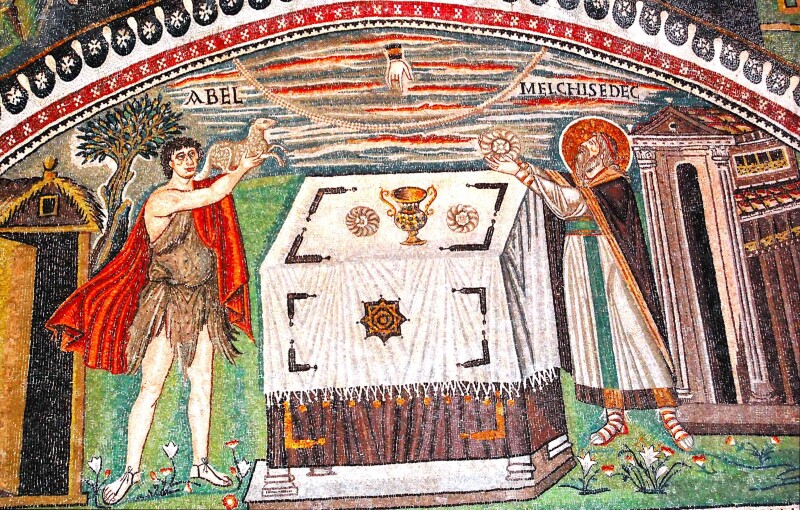
The symbol can often be found in the Holy City of Jerusalem. It is familiar to Jews and Muslims alike. Look at the following picture.

This is a carpet page, or cover of the oldest known Jewish book of scripture, the Leningrad Codex, internally dated AD 1008. On the cover you can see the now-familiar 6-point star, and outside it is the eight-point star as well. The eight-point star in Hebrew tradition is named the Magen Melchizedek, or the Shield of Melchizedek.
Similarly, in this next picture, you can see a mosaic taken from a Christian church in Khirbet, near Jerusalem. The symbol has held great meaning in the Judeo-Christian culture for hundreds of years and is known to indicate renewal or rebirth. Since the name Melchizedek is often associated with the symbol, let’s take a look at the name itself.
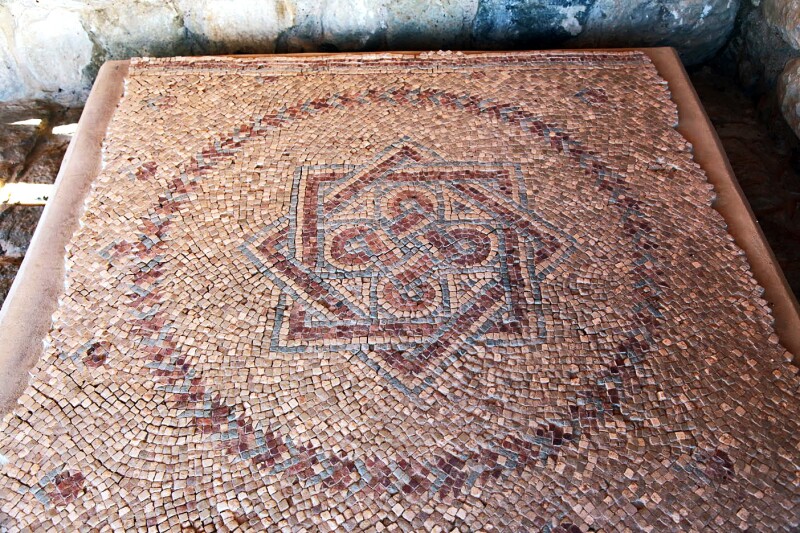
2. The Name of the Symbol Points to Christ
It is interesting to note that the symbolism found in the Seal of Melchizedek can be traced back to the approximate time of Melchizedek; however, there is no evidence it was associated directly with Melchizedek himself. Although the eight-point star symbol is known by many names in other cultures or religions, many of which do not recognize Christ, the use of Melchizedek in association with the symbol is particularly common in Jewish tradition.
So what about the symbol’s moniker? Ironically, although King Melchizedek is a well-known ancient figure, very little is actually known about him. And indeed in this case, it’s actually his name and what he represents that is important to the symbol. “Melchizedek” comes from the Hebrew Malki Tzedik which means “My King (is) Righteous(ness).” Melchizedek is also known as “Prince of Salem,” again from Hebrew meaning “Prince of Peace.” The name Melchizedek is therefore a foreshadowing of Christ.
Likely, this Hebrew tradition was to avoid the too-frequent mention of the Lord’s name—a function that carries through to modern times as well.
Therefore, in texts from the Hebrew and Christian traditions, the name Melchizedek almost always indicates Christ, not the man Melchizedek. For example, the Melchizedek Priesthood is not the priesthood of the ancient king, but is actually the priesthood of Christ. Therefore the Seal of Melchizedek can be interpreted as the Seal of Christ.
3. The Symbol’s Shape Points to Christ
Now let’s consider the star shape of the symbol. Does that also point to Christ? Indeed it does. Val Brinkerhoff, author, professor, and researcher, notes that Jesus is the Day Star (see Revelation 22:16). The Day Star, or the sun, is the greatest star that rises in the morning, chasing the other stars a way. Like the Son of God, our sun is the source of all light and life.
Furthermore, ancient cultures associated the stars with gods. When the greatest star ever appeared, wise men and shepherds followed it to Christ. Every December, Christians put the star atop the Christmas tree because it is a symbol that points to Christ, just like the ancient star did. The star shape of the Seal of Melchizedek can also be a symbol of Christ.
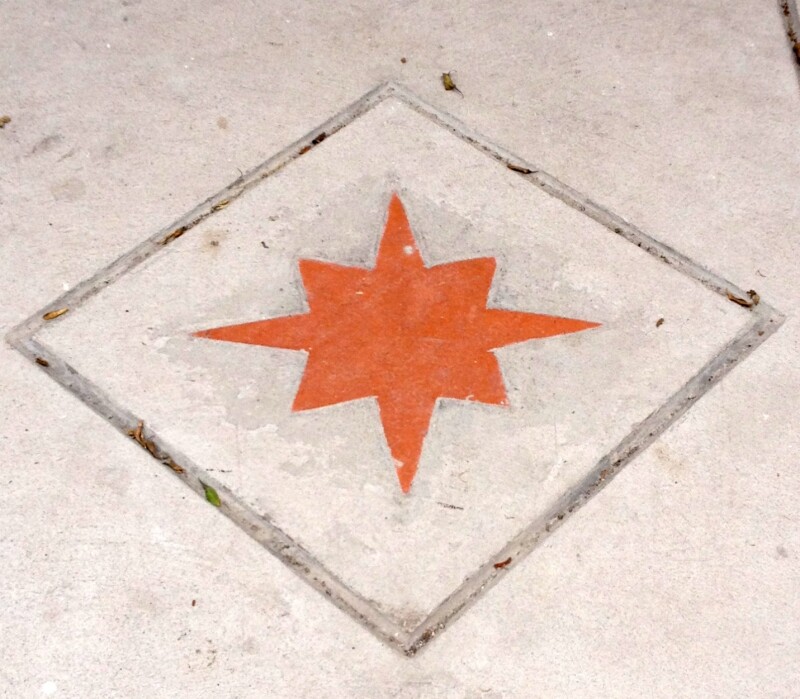
4. The Number Associated with the Symbol Points to Christ
Another powerful way the seal points to Christ is with the number of points of the star: eight. In scripture, the number eight always points to a new beginning, purification, or the Atonement. It is found in association with temples, ordinances, or other holy themes. To help illustrate this, it helps if we first understand that the symbolism of eight is directly related to the symbolism of seven. In Genesis, we read:
“Thus the heavens and the earth were finished … And on the seventh day, God ended his work which he had made” (Genesis 2:1–2).
Seven, therefore, in the Hebrew tradition means finished, whole, or complete. What then becomes of the eighth day? The eighth day then becomes the first day of a new period. In other words, not the beginning, but a new beginning. By exploring a few scriptures, we see that this new beginnings represents purification the Atonement of Christ.
For example, animals used for sacrifices stayed with the mother seven days, and then were slain on the eigth day. These animals were symbolic of Christ as an eternal sacrifice. Similarly, the priests of Aaron under Moses were to purge seven days, and on the eighth day they could enter the tabernacle, being purified, and make an atoning sacrifice.
We learn in Ezekial that “upon the eighth day, and so forward, the priests shall make your burnt offerings upon the altar and your peace offerings; and I will accept you, saith the Lord” (Ezekiel 43:26–27).
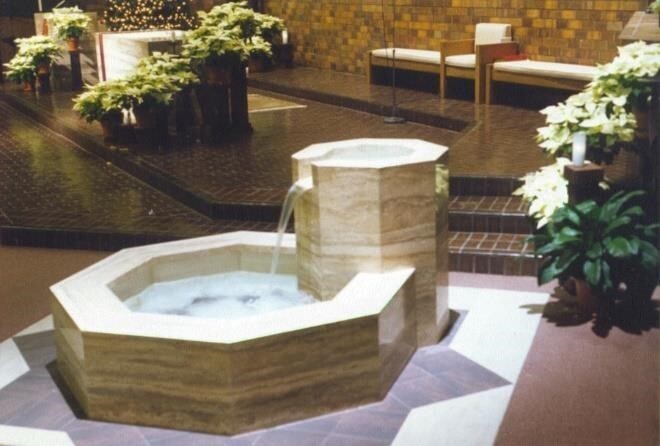
Baptism is associated in the Christian world with the octogram, which is also symbolic of the Atonement. The number eight also refers to when the Lord “baptized” the earth through flooding, wherein eight souls were saved in the ark.
The association of eight with baptism is further reinforced in the Book of Mormon. When Lehi and his sons had wondered in the wilderness for eight years, they then crossed over the ocean (symbolic of baptism) from the old sinful land of Jerusalem into a new, pristine beginning in the promised land.
Similarly, Jared and his group of Jaredites were symbolically “baptized” while crossing over the ocean in eight vessels, literally submerged in water, leaving a fallen people and sailing to a new, pure beginning in the promised land. Confirming that motif in latter-day revelation, the Doctrine and Covenants declares a soul may be baptized at age eight (See 1 Nephi 17:4; Ether 3:1; Doctrine and Covenants 68:27).
In the New Testament we learn that after the Atonement, the Sabbath was changed from the seventh day to the eighth day, or in other words, to the first day of the week, which was Sunday. The disciples then met on the eighth day every week to partake of the Lord’s Supper, or the sacrament.
Conclusion
This ancient seal can be a powerful symbol to orient our minds and hearts toward Christ, His Atonement, and the related ordinances of the gospel. And really, what better purpose could a symbol serve. My prayer is that we receive the message of this and all inspirational symbols, that they may help us remember Christ and his Atonement, and that through Him we can always be renewed and start again.
“And behold, all things have their likeness, and all things are created and made to bear record of me, both things which are temporal, and things which are spiritual; things which are in the heavens above, and things which are on the earth, and things which are in the earth, and things which are under the earth, both above and beneath: all things bear record of me” (Moses 6:63).
▶ You may also like: 5 Tips to Better Understand Temple Symbols
Editor’s note: This article was originally published on LDSLiving.com in 2015.


